Literary Criticism
Showing all 31 results
Fenimore Cooper’s Literary Offences
Fenimore Cooper – author of The Deerslayer, The Last of the Mohicans, etc – has often been praised, but just as often been criticised for his writing. Mark Twain wrote a funny, vicious little essay on the subject, in which he states: “In one place in ‘Deerslayer,’ and in the restricted space of two-thirds of a page, Cooper has scored 114 offences against literary art out of a possible 115.” (Summary by Gesine)
Fenimore Cooper’s Literary Offences (Version 2)
This is Mark Twain’s vicious and amusing review of Fenimore Cooper’s literary art. It is still read widely in academic circles. Twain’s essay, Fenimore Cooper’s Literary Offenses (often spelled “Offences”) (1895), particularly criticized The Deerslayer and The Pathfinder. Twain wrote at the beginning of the essay: ‘In one place in Deerslayer, and in the restricted space of two-thirds of a page, Cooper has scored 114 offenses against literary art out of a possible 115. It breaks the record.’ Twain listed 19 rules ‘governing literary art in domain of romantic fiction’, 18 of which Cooper violates in The Deerslayer. (Introduction by Wikipedia and John Greenman)
The Age of Elizabeth
This short history by the eminent British historian, Mandell Creighton, places Elizabeth and her reign within the context of 16th century European political, religious, and military events. Elizabeth overcomes her two great rivals, King Philip of Spain and Mary, Queen of Scots. England gradually unites behind her Queen, who survives multiple assassination plots. After the defeat of the Spanish Armada, the English, lightly taxed by their frugal sovereign, launch flourishing commerce enterprises. The author writes of the Protestant Reformation that “a change of belief meant a revolt from authority.” In this age of individualism, personal daring, and a consciousness of national greatness, the golden age of Elizabethan literature breaks new ground in historiography, literary theory, poetry, and above all, drama. (Pamela Nagami, M.D.)
The American Language
“It was part of my daily work, for a good many years, to read the principal English newspapers and reviews; it has been part of my work, all the time, to read the more important English novels, essays, poetry and criticism. An American born and bred, I early noted, as everyone else in like case must note, certain salient differences between the English of England and the English of America as practically spoken and written?differences in vocabulary, in syntax, in the shades and habits of idiom, and even, coming to the common speech, in grammar. And I noted too, of course, partly during visits to England but more largely by a somewhat wide and intimate intercourse with English people in the United States, the obvious differences between English and American pronunciation and intonation. Greatly interested in these differences?some of them so great that they led me to seek exchanges of light with Englishmen?I looked for some work that would describe and account for them with a show of completeness, and perhaps depict the process of their origin. I soon found that no such work existed, either in England or in America?that the whole literature of the subject was astonishingly meagre and unsatisfactory.” – Summary by Mencken (Preface)
The Birth of Tragedy
In this famous early work of German philosopher Friedrich Nietzsche, he investigates the artistic characteristics of Apollonian (reason) and Dionysian (passion) characteristics in Greek art, specifically in Greek tragedy as it evolved. Then he applies his conclusions about Greek tragedy to the state of modern art, especially modern German art and specifically to the operas of Richard Wagner.



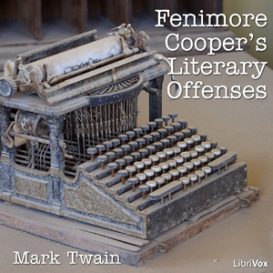
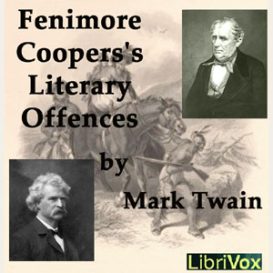
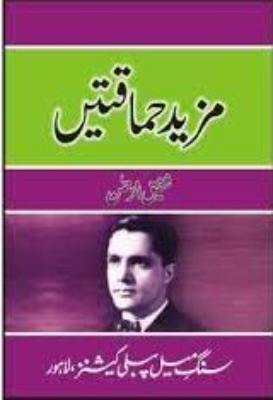
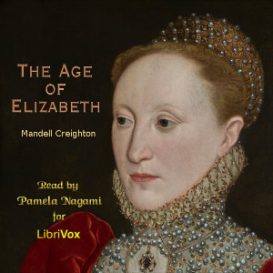

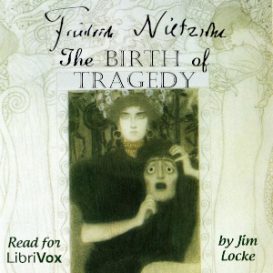
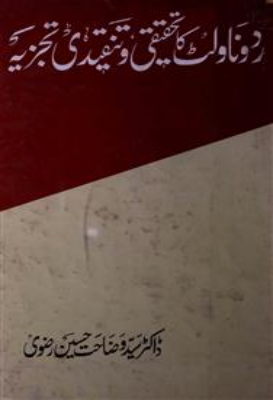
Fear and Trembling (selections)
“And God tempted Abraham and said unto him: take Isaac, thine only son, whom thou lovest and go to the land Moriah and sacrifice him there on a mountain which I shall show thee. Genesis 22:1” Soren Kierkegaard wondered how Abraham made the movement of faith that made him the father of faith mentioned in the New Testament (Hebrews 11:17-19). Fear and Trembling is the product of his wonder. Work out your salvation in fear and trembling (Philippians 2:12). One-third of “Fear and Trembling” was translated in 1923 by Lee Hollander in the University of Texas Bulliten. This book has already been read in parts in the Short Nonfiction Collection but I think some might be interested in listening to it as a complete reading. (Summary by Craig Campbell)